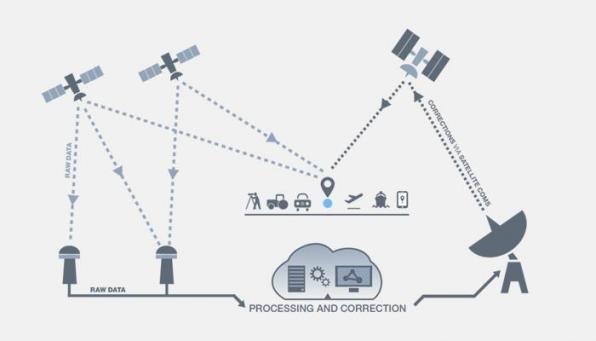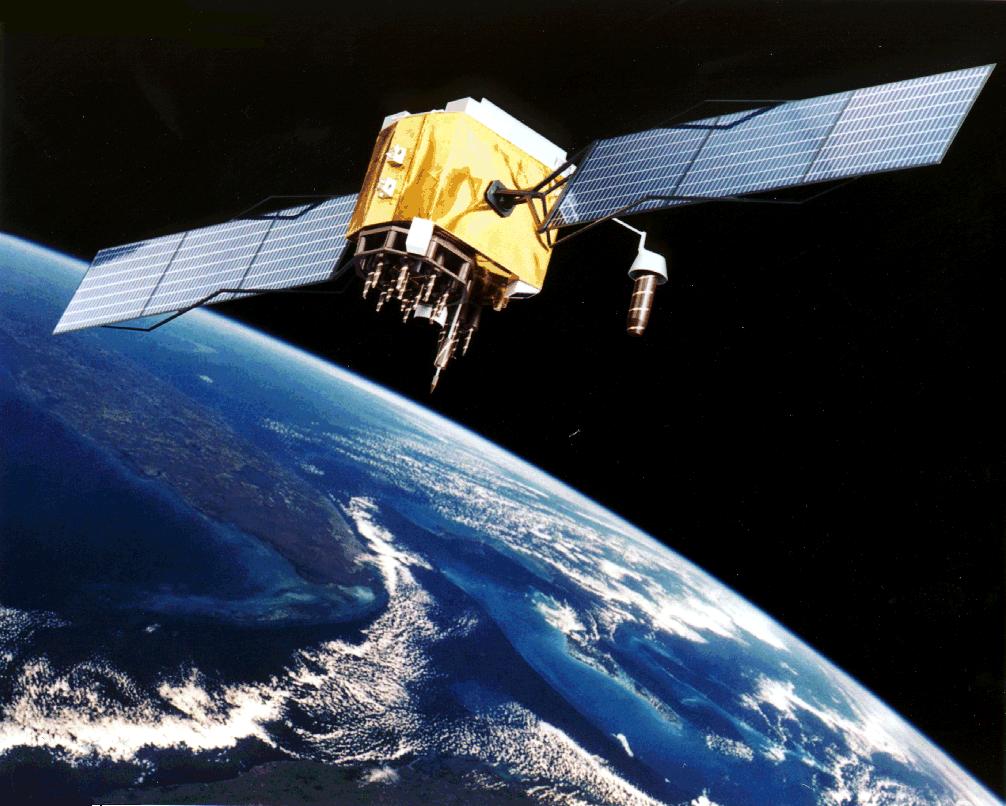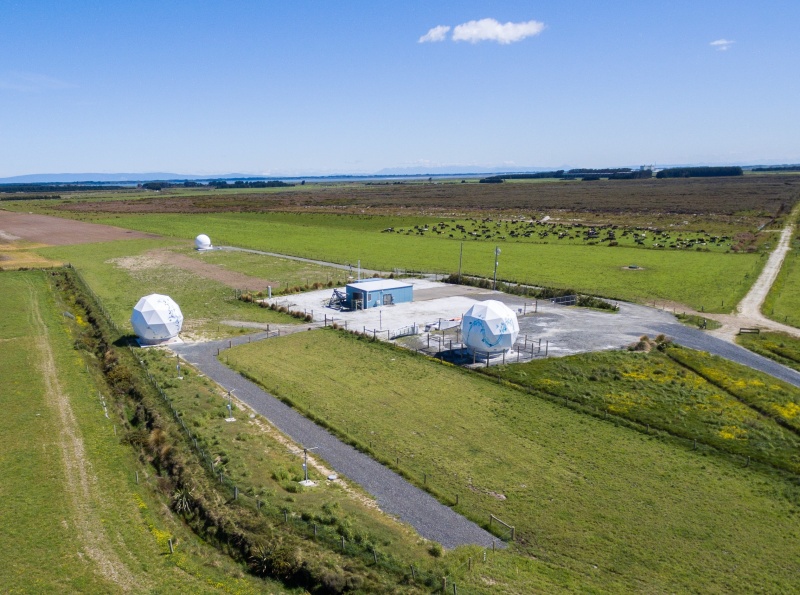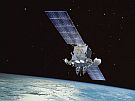What is SBAS
SBAS uses satellites as well as ground-based infrastructure to improve the accuracy, speed and availability of basic satellite navigation signals, like GPS. New Zealand and Australia are working together on a trial of a satellite navigation system known as SBAS - satellite-based augmentation system.
Where is SBAS used?
SBAS is already in use in the United States, Europe, Japan and India. While New Zealand and Australia currently have good access to GPS, we do not currently have access to SBAS.
Benefits of SBAS
This system will make existing satellite navigation systems like GPS even more accurate and reliable than they are now. It allows errors to be identified in these systems, so they can be adjusted to be more precise for New Zealand. This will make them more useful for:
- intelligent transport systems like self-driving cars
- unmanned aerial deliveries
- precision agriculture, forestry
- smart phone-based services.
In the longer term, the use of SBAS could be used for air navigation. It could help aircraft to land in worse weather at regional airports and heliports without the need for expensive ground-based landing aids.
There are also potential longer-term benefits for road safety and congestion management.
Trialling SBAS
This technology will be trialled in both countries in 2017 and 2018. LINZ (Land Information New Zealand) is working with Geoscience Australia on this trial. 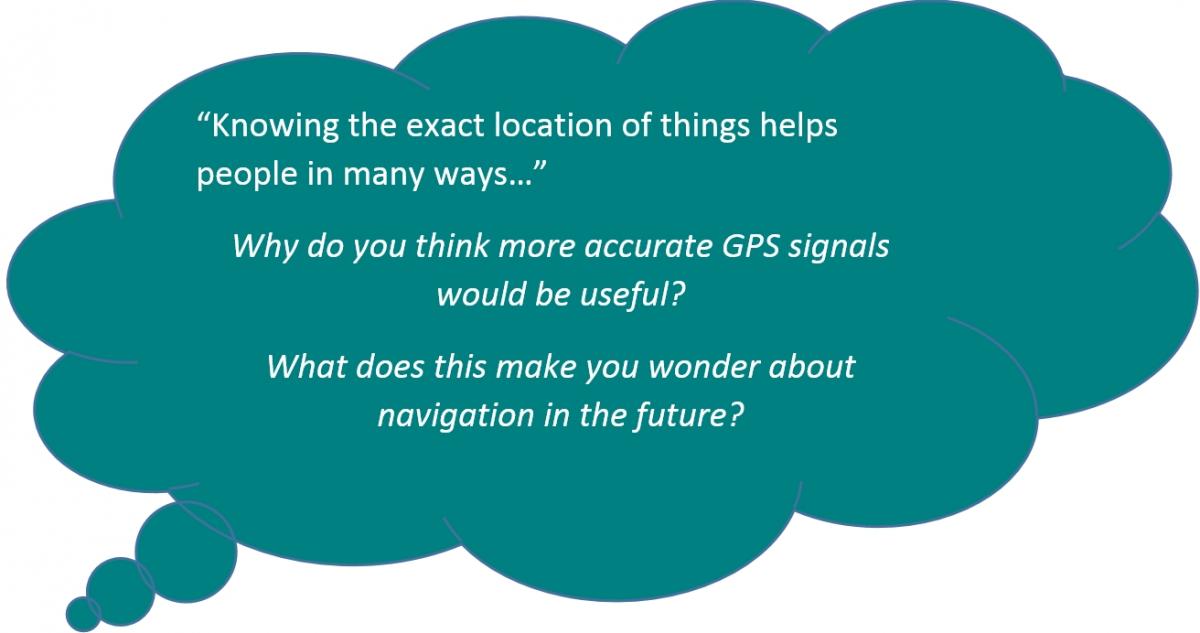 It will improve the accuracy of GPS and other satellite navigation systems, so accurate positioning information can be received anytime and anywhere across New Zealand.
It will improve the accuracy of GPS and other satellite navigation systems, so accurate positioning information can be received anytime and anywhere across New Zealand.
The trial programme will evaluate the potential benefits of SBAS. The results will be used to help decide whether New Zealand should develop an operational SBAS.

